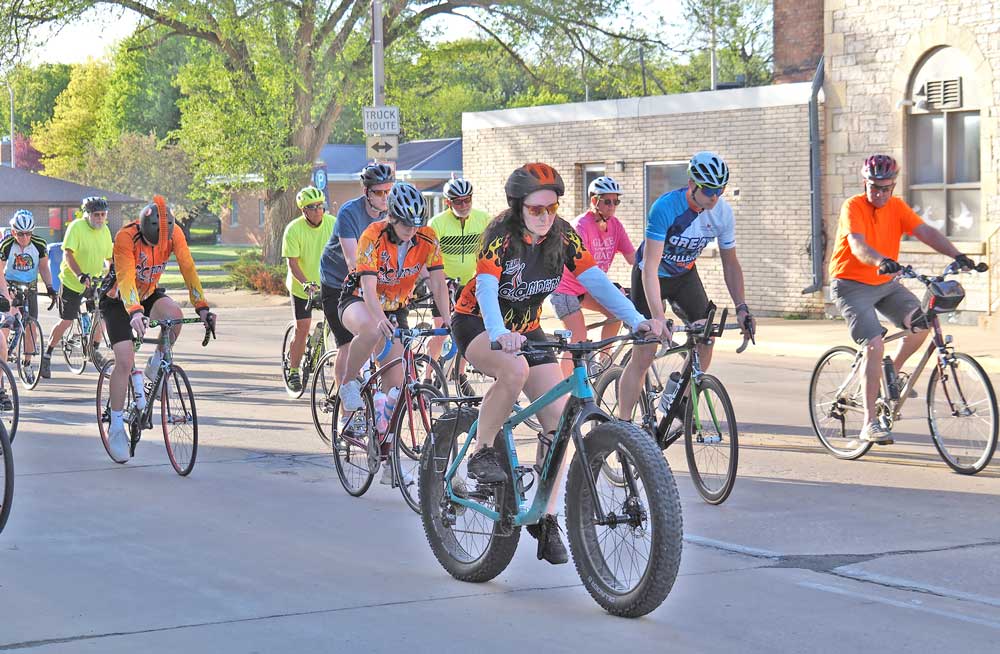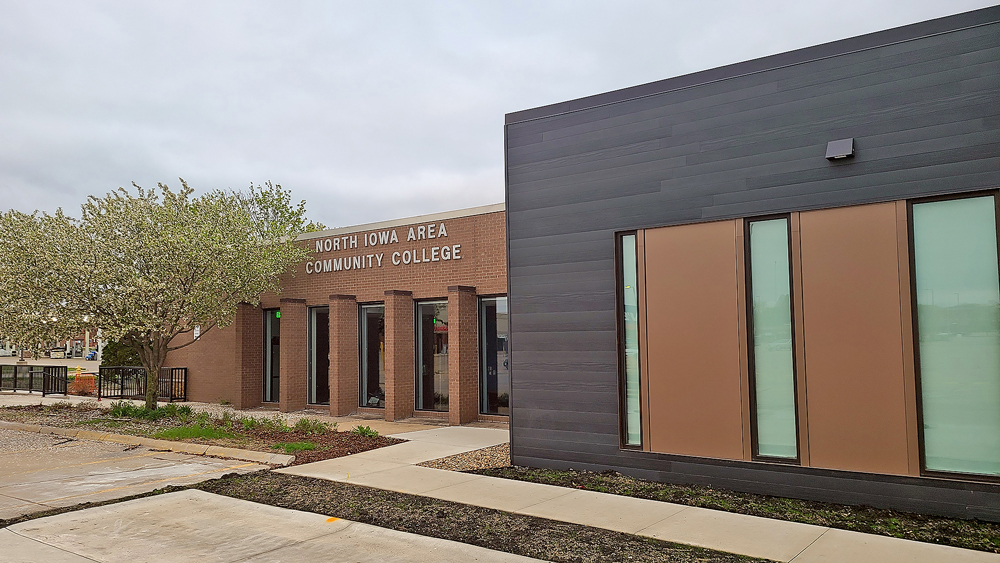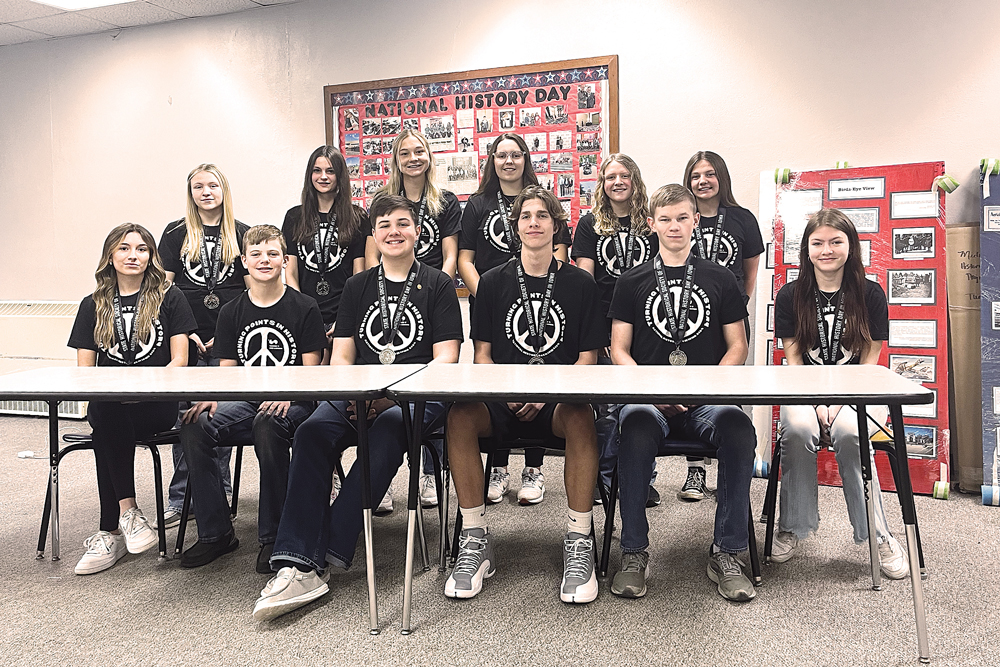Judge affirms Williams conviction for Charles City murder; says jury selection process not unconstitutional

By Bob Steenson, bsteenson@charlescitypress.com
Black people are underrepresented on juries in Floyd County and elsewhere in Iowa, a district court judge said in a ruling this week, but there is no evidence that it is being done systematically or intentionally.
And in the case of a Charles City man whose conviction on second-degree murder was sent back by the Iowa Supreme Court for reconsideration, his jury pool met the requirements set by the state, the judge said.
Judge Rustin Davenport denied the challenge by Antoine Williams that his Floyd County jury had unfairly included too few African-Americans, which Williams said violated his rights for fair representation under the Sixth Amendment of the U.S. Constitution.
Davenport affirmed Williams’ conviction and sentence.
Williams, now age 39, had been convicted in October 2017 of fatally shooting Mason City resident Nathaniel Fleming, age 36, during a confrontation in a Charles City residential parking lot on June 30 that same year.
Williams had been charged with first-degree murder, but the jury found him guilty of the lesser charge of second-degree murder. Davenport sentenced him to up to 50 years in prison, with a requirement that he serve at least 35 years before being eligible for release.
Williams’ attorneys filed several appeals of the conviction and sentence, including that the state’s then-new “stand your ground” law provided a defense, that various errors had been made during the trial and that the jury pool in the trial did not represent a fair racial cross-section of the community.
The Iowa Supreme Court upheld Williams’ conviction on each of the various appeals arguments — except for the one dealing with the racial makeup of juries.
The Iowa Supreme Court ordered on May 24, 2019, that the Floyd County District Court should reconsider the Williams case in light of other rulings the Iowa Supreme Court had made that same day that had set a new standard for assessing whether the jury pool selection process was unbiased and random.
The Iowa Supreme Court, in a divided 4-3 ruling regarding the 2017 robbery conviction case of Kenneth Lilly in Lee County, had ordered that Lilly’s case should be sent back to district court for review of the way in which the potential jury pool was selected, and issued guidance on how that determination should be made.
Lilly, Williams and a third case that was also sent back to district court for review — of Peter Veal, who was convicted in July 2017 of first-degree murder for killing a man in Mason City the year before — all made similar arguments regarding the selection of the jury at their trials.
They all said that Iowa’s traditional method of selecting names of possible jurors unfairly under-represented the minorities in their communities.
In the Lilly case, the Lee County judge reconsidered the jury selection process and ruled that the jury had met the state standards and affirmed Lilly’s conviction on first-degree robbery. Lilly is again appealing that decision.
Judge Davenport had also presided over the original Veal trial, and this week he also affirmed that conviction.
In his ruling in the Williams case, Davenport noted that the Iowa Supreme Court had set three “prongs” that must be met for a defendant to prove his rights were violated. They are:
1) That the group alleged to be excluded is a ‘‘distinctive’’ group in the community.
2) That the representation of this group on potential juries is not fair and reasonable in relation to the number of such persons in the community.
3) And that this underrepresentation is due to systematic exclusion of the group in the jury-selection process.
Williams is Black, so he met the first prong of the challenge, Davenport wrote.
But the second prong of the challenge involves complicated statistical math regarding standard deviations, or in this case whether the percentage of Blacks in a jury pool differs enough from the percentage of Blacks in the community to be statistically unlikely.
The arguments in the case revolved around who should be considered part of the community who is eligible to be selected for jury duty, and who should be considered among those who responded to serve.
Based on census data offered by the prosecution, Blacks who are eligible to serve on a jury made up 1.799% of the Floyd County population in 2017, Davenport wrote. Using different data, the defense argued that Blacks make up 1.815% of the county population eligible to serve on a jury.
Davenport said he used the higher number suggested by the defense in his calculations.
There were 138 people in the jury pools that were used to select jurors for Williams’ trial, Davenport wrote. Statistically, that means 1.815% of those people — or 2.5 persons — should be Black if the jury pools were exactly representative of the eligible county population.
There were two people who identified themselves as Black on the juror forms for Williams’ trial, but one of those was a student who was excused from jury duty.
The defense argued that the student should not be counted because that person was not available for the jury, but Davenport wrote that whether one person or two persons out of the jury pool were Black, that was within the deviation allowed by the Iowa Supreme Court’s guidelines, and the defense failed to prove prong two.
There is a lengthy discussion in Davenport’s 35-page ruling over whether several jury pools from different trials should be added together to determine whether an underrepresentation is taking place, but that is not necessary in the Williams trial, he said, because Blacks were not underrepresented in Williams’ jury pool.
“If Floyd County succeeded in ensuring that its juror selection process and jury management system brought in jury pools with levels of African-American representation that formed a perfect normal distribution around a 1.815% average, most of those jury pools would have two or three potential jurors who were African-American,” Davenport wrote.
“On this jury pool, there were two. This is a fair and reasonable level of representation, within the boundaries of what random sampling would be expected to produce.”
Since the defense had not proved the second prong, the challenge failed, Davenport wrote, but he went on to analyze the third prong, regarding systematic exclusion of Blacks from jury pools.
“This court has no doubt that a pattern of underrepresentation exists,” Davenport wrote in one part of his opinion, but went on to say later, “There is a difference between a pattern of underrepresentation in jury pools — even a persistent one — and systematic exclusion from jury service.”
Davenport wrote that the list the county uses to select jurors — from a state-supplied combination of driver’s licenses, state non-driver IDs and voter registrations — did not include racial information, and the names were selected at random using software supplied by the state court administrator, so they could not be purposefully deselecting Blacks.
He also discussed a list of reasons for underrepresentation suggested by experts at William’s reconsideration hearing which was held last August, including a reluctance by Blacks to indicate their race on survey forms, “disproportionately high distrust of the American judicial system and its criminal courts,” and “actual or perceived barriers to serving that make African-Americans less likely to respond to jury summonses.”
“Underrepresentation of African-Americans on Iowa jury pools is a complex problem with no easy solution,” Davenport wrote, but there was no evidence of “a causal relationship between any policy, practice, or feature of the jury selection process or jury management system and any observed underrepresentation of African-Americans in Floyd County jury pools, either past or present.”
The underrepresentation results from “a confluence of factors that are mostly beyond the control of the state court administrator or the Floyd County jury manager,” Davenport wrote, saying that Williams had failed to show that the underrepresentation resulted from any particular feature of the jury selection process.
“Williams’ Sixth Amendment challenge to his conviction is denied, and his conviction and sentence are affirmed,” Davenport wrote.









Social Share